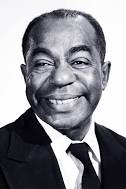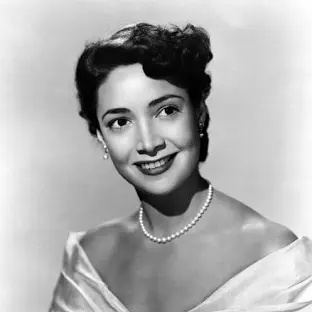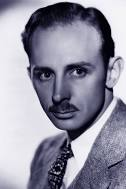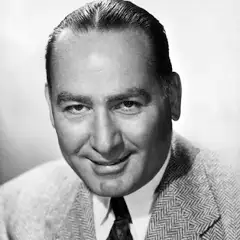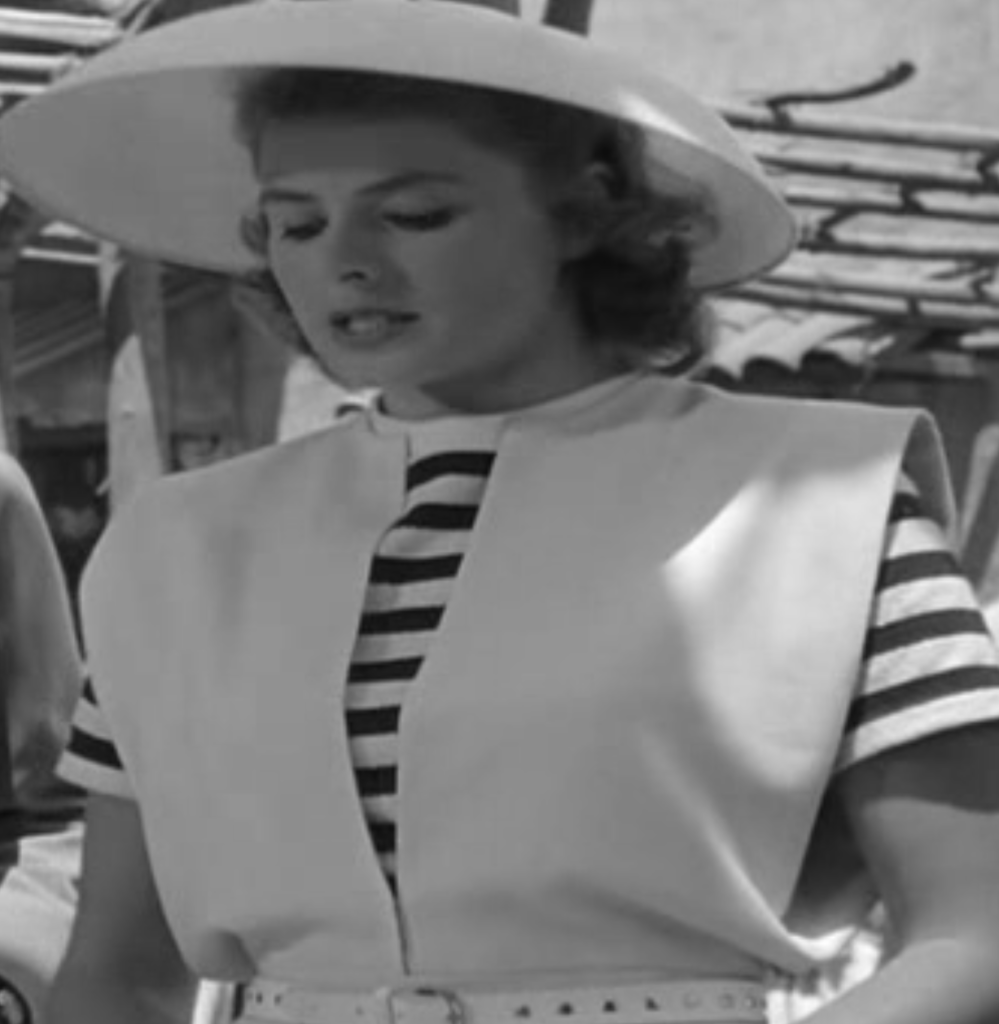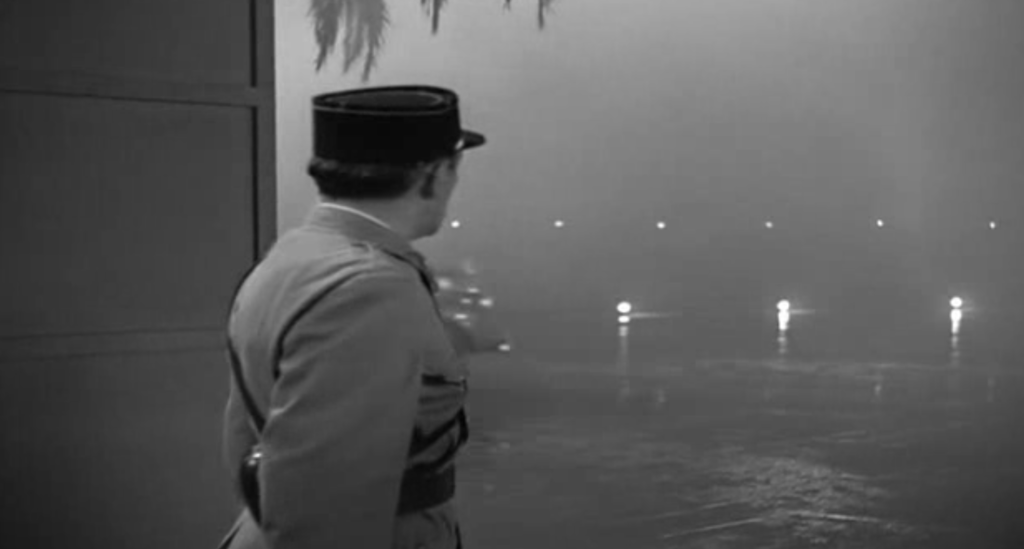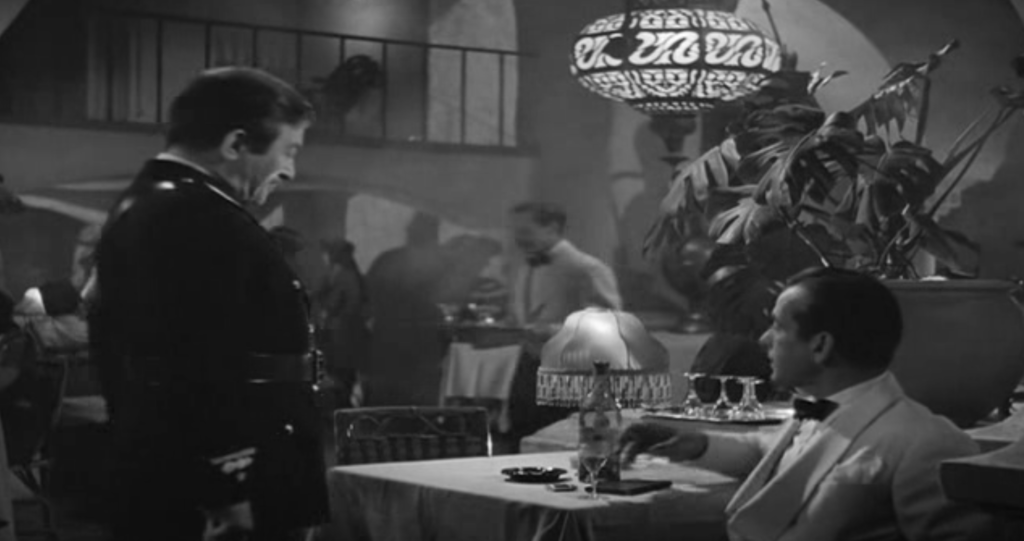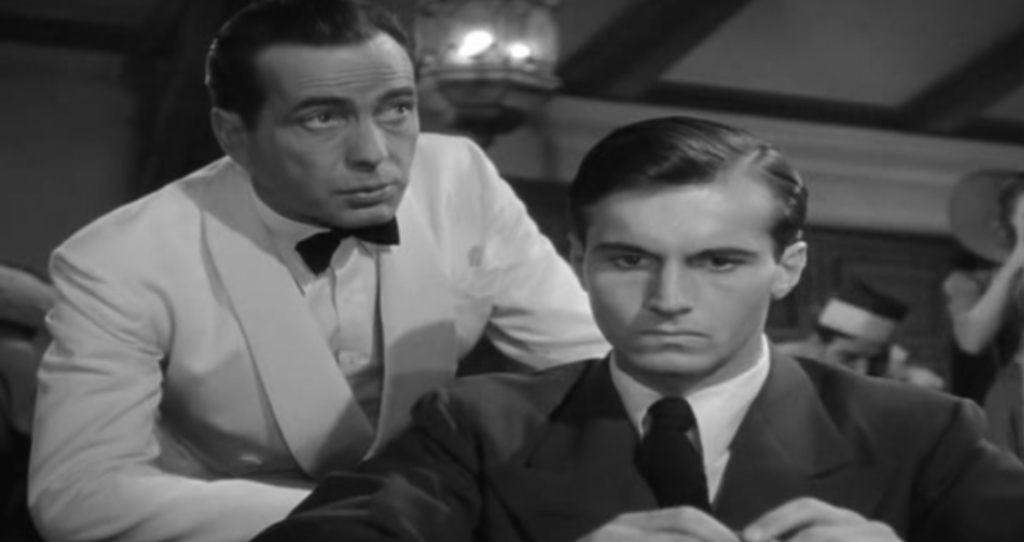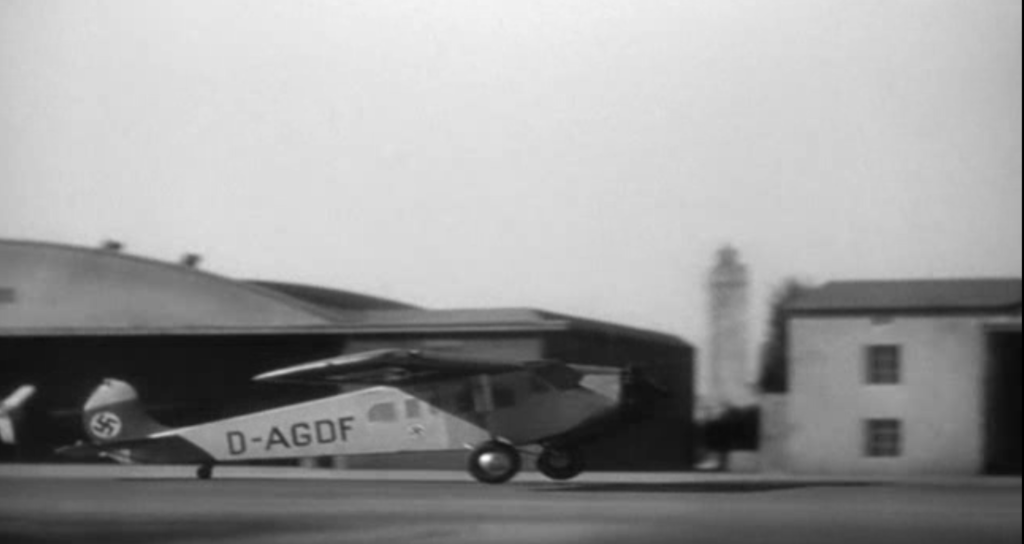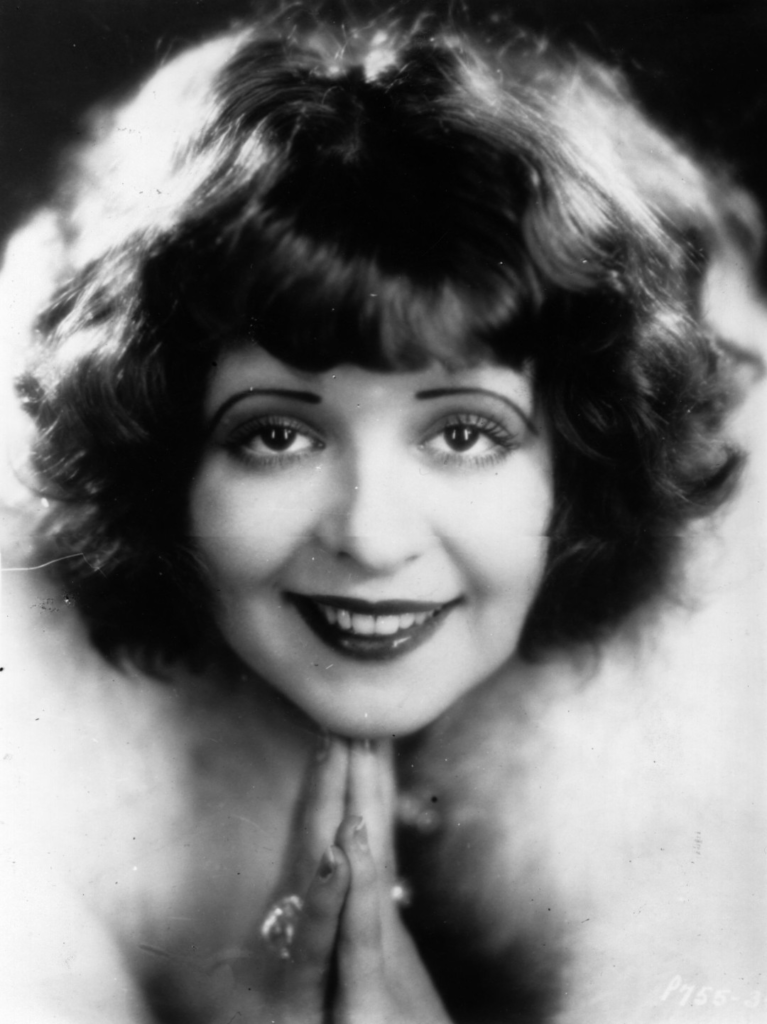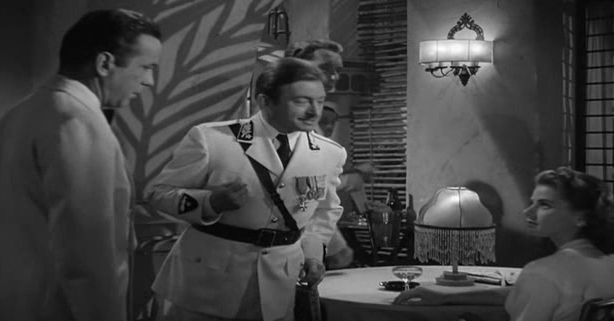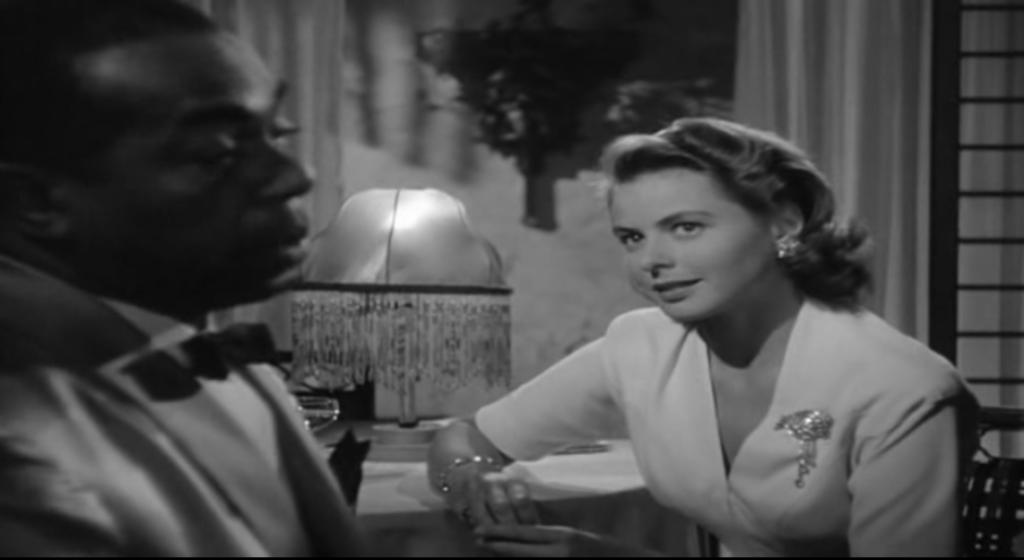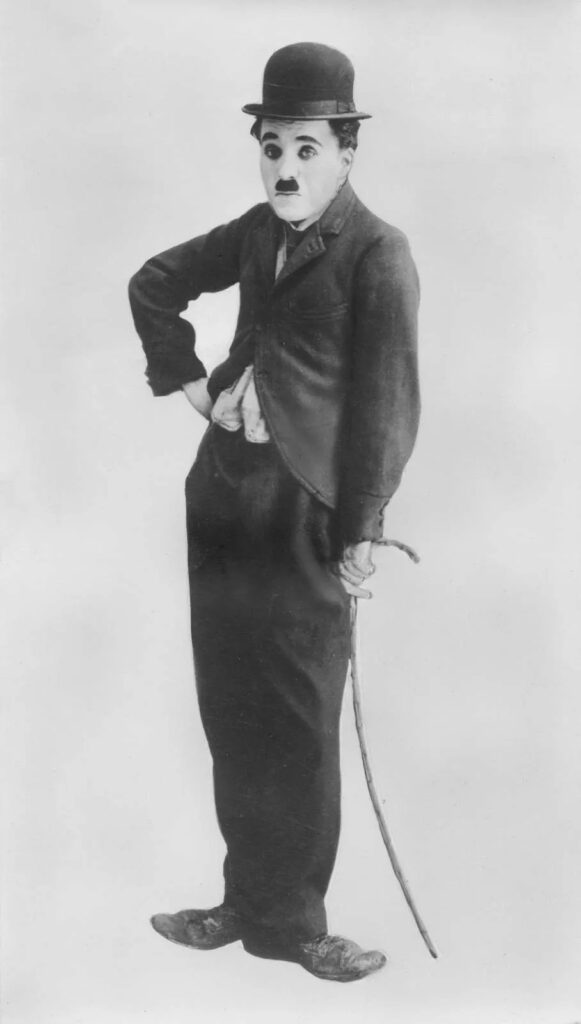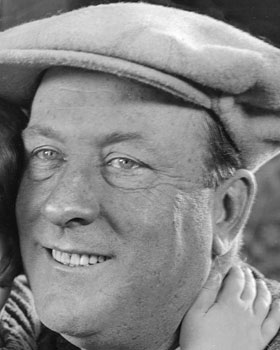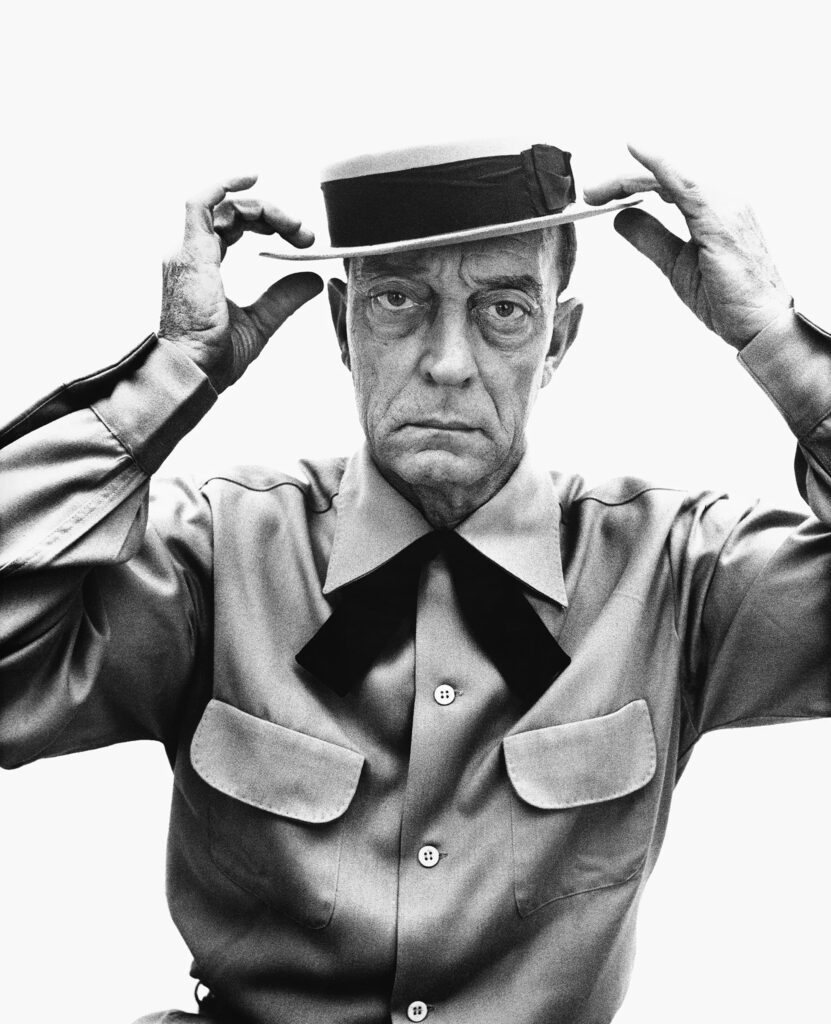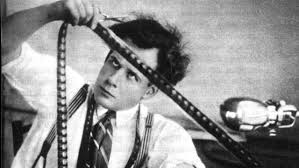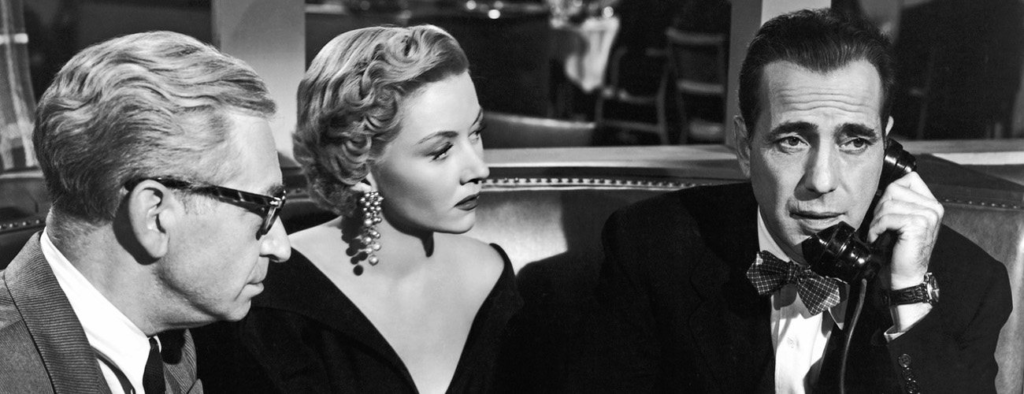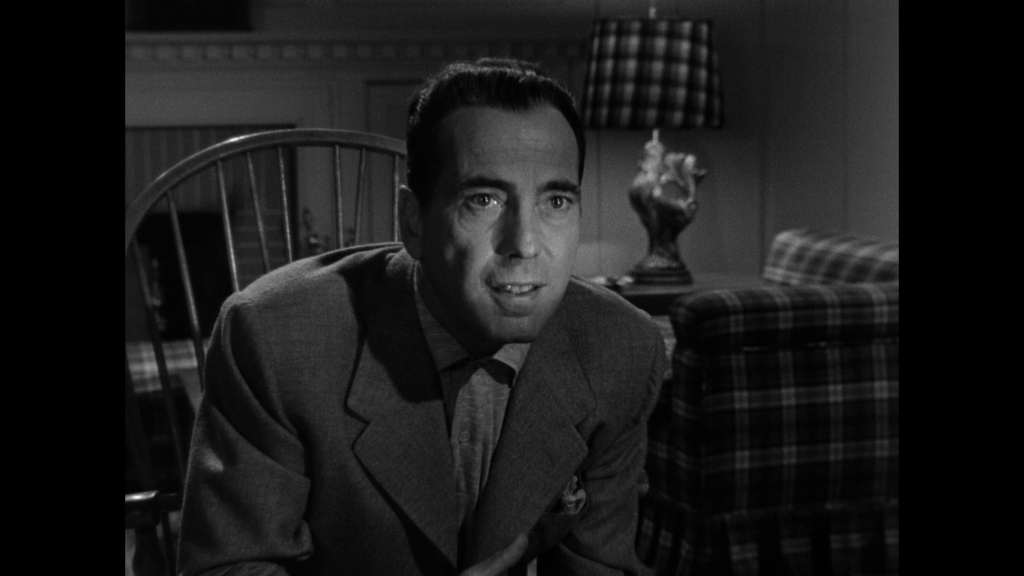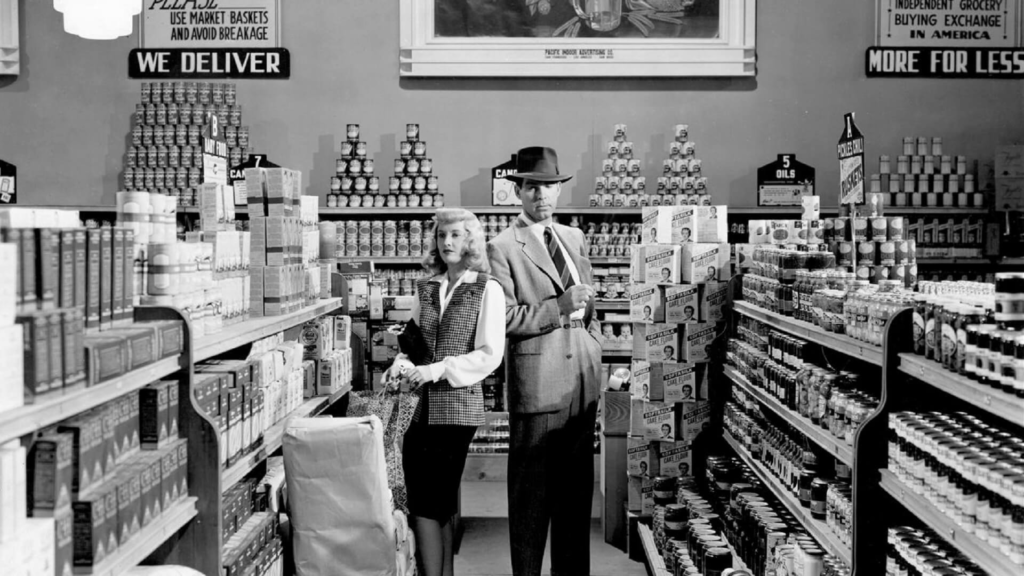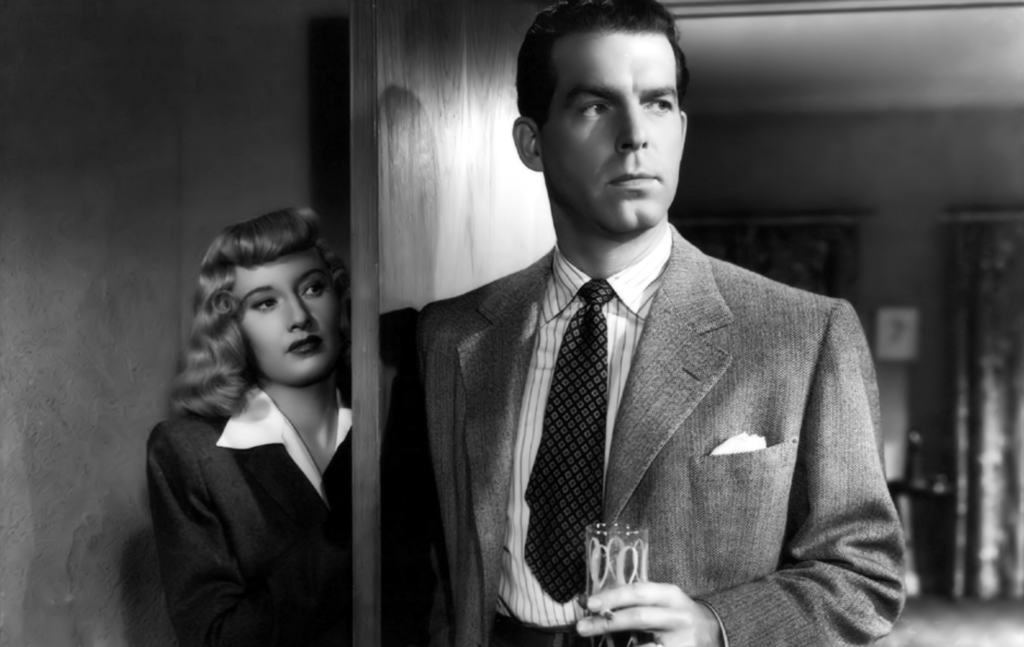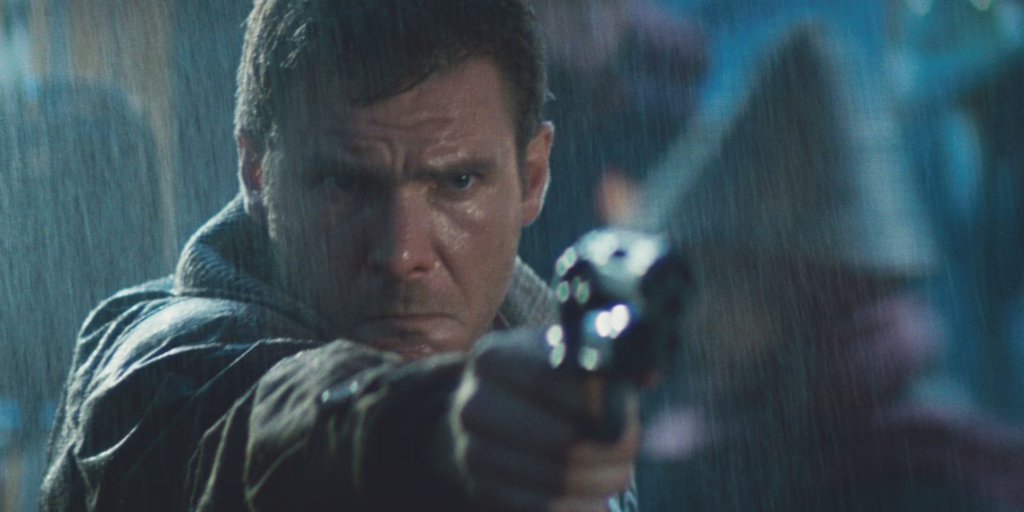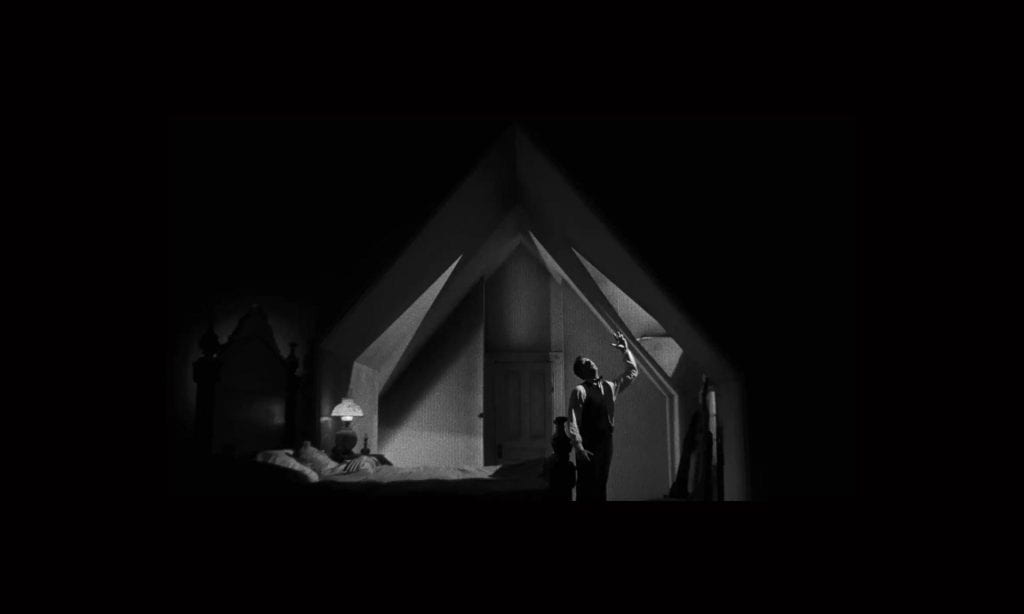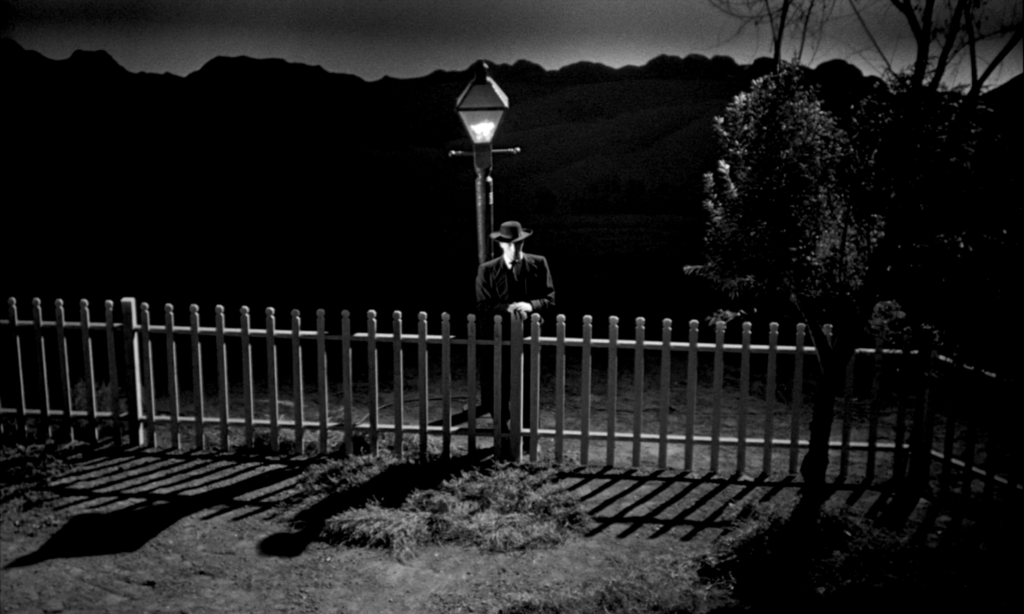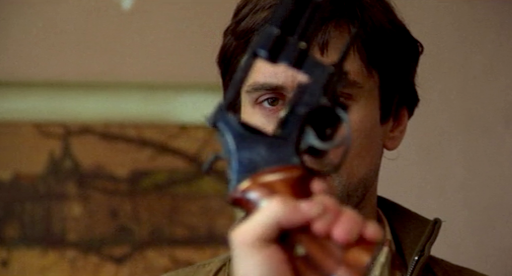Key Actors
Humphrey Bogart – Rick Blaine

Bogart was on contract with Warner Brothers, and initially they didn’t want the role of Blaine to go to Bogart, having Ronald Reagan in mind instead. But the role was written with Bogart in mind, and the producers fought to have him in the film, and eventually succeeded in having his inclusion. Bogart made his cinematic breakthrough a year before he starred in Casablanca, in a film called High Sierra (1941), and he became even more famous as the lead in The Maltese Falcon (1941). He used to play bad guys or Private Detectives (“Tough Without A Gun”). His role in these noir detective stories probably influenced his casting as the coarse, blunt Rick Blaine, as well as his know roles as a leading man, though this performance made his future roles more heroic.
Ingrid Bergman – Ilsa Lund

Bergman was an actor of Swedish nationality. She was originally featured in Swedish and German films, typically in dramas such as 1935’s Ocean Breakers and 1939’s Only One Night, before being presented to American audiences reprising a lead role in the American remake of Swedish film Intermezzo: A Love Story (1939), the original of which she also starred in. Originally, producers were worried her name was too German, and about the fact that she couldn’t really speak English, yet she was accepted in her first American role with no changes. She was completely devoted to her work on the films she worked on. She was an activist, protesting racial segregation in America and travelling to Alaska and other parts of Europe to entertain troops after the war ended. Before Casablanca, her most well known role, she appeared in MGM films Rage In Heaven (1941) and Dr Jekyll and Mr. Hyde (1941). Her casting in Casablanca was influenced by her foreign background and her well-known beauty.
Paul Henreid – Victor Lazlo

Henried was Austrian-American, and also worked in Hollywood as a director and producer as well as an actor. His first credited American role was in Goodbye, Mr. Chips (1939). His other big hit aside from Casablanca, Now Voyager (1942), was released just a month before Casablanca. He escaped from the Nazi regime to the UK and America after being designated as an official enemy of the third Reich, and had his acting career in these countries being vouched for by The Cabinet Of Dr. Caligiri star and Casablanca‘s villain Conrad Viedt. While he was in Nazi Germany, he was not allowed to act due to his father being born Jewish.
Claude Rains – Captain Louis Renault

Rains was born in London and was most known for acting in a lot of the Warner Bros. Classic Monster movies, such as The Wolf Man (1941) and the lead role as Dr. Jack Griffin in his American debut film The Invisible Man (1933), as well as starring alongside fellow Casablanca star Paul Henried in Now Voyager (1942). He worked from 1931 all the way through to 1965, only two years before his death, and was a very prominent actor for Warner Bros., appearing as important roles in many very popular films.
Conrad Viedt – Major Heinrich Strasser

Viedt was a very popular German actor who most prominently appeared in horror films in antagonistic roles, famously in The Cabinet Of Dr. Caligiri (1920) and The Man Who Laughs (1928), as well as other villainous roles like Ivan The Terrible in Waxworks (1924) and Rasputin in Rasputin: Demon With Women (1932), though very rarely he did play the hero character such as Phileas Fogg in Around The World In 80 Days (1919). When the Nazis began censoring the film industry and Viedt was forced to state his race on a questionnaire presented to everyone in the film industry, he answered “Jew” in solidarity to his Jewish wife, even though he himself wasn’t. He then left Germany with his wife to work in England. In Casablanca, the second last film he featured in before his death in 1943 and the last film he featured in that was released in his lifetime, he sticks to his villainous roles as he plays antagonist Nazi officer Heinrich Strasser. Viedt was most likely cast in this role due to his career playing villains and his German heritage.
Sydney Greenstreet – Signor Ferrari

Greenstreet didn’t start acting on screen until he was 61 in the role of Kasper Gutman in The Maltese Falcon (1941) alongside Humphrey Bogart and Peter Lorre, though he did appear in a few stage productions before this. Casablanca was the fourth film Greenstreet was in, as Rick’s rival bar owner Signor Ferrari, and he continued to have a long career in film until 1949, where then switched to radio drama series The New Adventures of Nero Wolfe in the titular role from 1950-1951, until his retirement from acting, followed by his death from complications with diabetes and Bright’s disease in 1954. I believe Greenstreet was cast in this role due to his elderly, “portly businessman” appearance fitting the role of Ferrari.
Peter Lorre – Ugarte

Lorre was a Hungarian character actor, and well known for playing timid yet devious characters, and appeared in a lot of crime films such as alongside Casablanca co-stars Bogart and Greenstreet in The Maltese Falcon (1941), and others such as Hitchcock’s The Man Who Knew Too Much (1934) and Mad Love (1935), as well as starring as the main character in the 1935 adaptation of Crime And Punishment and as the leading Mr. Moto in the Mr. Moto film franchise (1937-1939). Originally starring in Austrian and German films, he made is debut in American film in 1934. During his American career he was often typecast as a “sinister foreigner”, playing antagonistic roles. His role as Ugarte in Casablanca is a small but important one, as Ugarte is an American in Casablanca who sells letters of transit to refugees. He provides Rick with the Letters Of Transit (which he obtained by murdering two German couriers on a train), and then is subsequently executed. This sketchy black-market dealer character aligns with the characters Lorre usually played.
S.Z Sakall – Carl

Sakall was a Jewish Hungarian character actor. He appeared in various Hungarian stage productions and films from the 1910s to the 1920s and was a star. When Hungary joined the Axis powers in WW2 he emigrated to America and became an actor there. A lot of his family were killed in Nazi concentration camps. His first American role was 1940’s It’s A Date, though his first big hit was 1941’s Ball Of Fire. He was very well known for appearing in light-hearted romance movies, like the German Two Hearts Waltz In Time (1930), Must We get Divorced? (1933), and The Devil And Miss Jones (1941). His career in supporting roles in these romances is possibly what led to his casting as the waiter Carl in Casablanca.
Madeleine Lebeau – Yvonne

Lebeau was a French actress who fled Paris with her Jewish husband Marcel Dalio when the Second World War started and found an acting career in America. Her first film role was in the French film Girls In Distress (1939) in an uncredited role as a student, before she had to flee France. On her passage to America, she was stranded in Mexico when the Chilean visas purchased by her and her husband turned out to be fakes. She learned English during a 7 week stay on a Portuguese ship looking for port. Her Hollywood debut was in 1941’s Hold back The Dawn. Originally having a bigger part in Casablanca as Blaine’s discarded fling Yvonne, each rewrite of the script made her part smaller. Her standout scene is when she is shown during the chorus singing the French national anthem to drown out the Germans, where her face is shown in a close up with tears on her face, and subsequently cries “Vive la france! Vive la liberte!”. This scene probably meant a lot to her, as he could relate to the feeling of French patriotism. She was the last surviving credited cast member of Casablanca as of 2008, until her death in Spain in 2016.
Dooley Wilson – Sam

Wilson was born in Texas as Arthur Wilson, being given the nickname “Dooley” after a popular performance of his where he did whiteface and played an irishman singing a song called “Mr Dooley”. He was a musician as well as an actor, singing the song “As Time Goes By” himself, though he was not a pianist, so the piano music was played offscreen by someone else. He obtained a contract with Paramount Pictures after a breakthrough role as Little Joe in Broadway production Cabin In The Sky. His first film role was in boxing movie Keep Punching (1939). Casablanca was his sixth film role, as bar pianist Sam, who performs music for patrons of Rick’s and has been friends with Rick since Paris. Wilson was probably cast in this role due to his past as a singing performer.
Joy Page – Annina Brandel

Page was born to Mexcan-American silent movie star Don Alvarado and a mother descended from Russian-jewish refugees. Her parents divorced when she was 8 and her mother remarried to the head of Warner Brothers, Jack Warner, when Joy was 12. Warner did not approve of Joy’s interest in acting. When Joy got the script to Casablanca, her first movie role, she thought the film was old fashioned and cliché, but still she obtained the part of married Bulgarian refugee Annina on her own, and her stepfather reluctantly agreed for her to be in the film. She was one of only three American born actors on the film, alongside Bogard and Wilson. Her stepfather banned her from signing her on any contracts with Warner Brothers, so she went on to appear in films from other studios. She married actor William T. Orr in 1945, who later went on to become an executive for Warner Bros. She was the second surviving member of Casablanca alongside Lebeau, until her death in 2008.
John Qualen – Berger

Qualen was a character actor of Norwegian heritage who often used accents, usually Scandinavian accents, in his roles. in his career he appeared in over 100 movies and also featured on television. He gained his start in acting as part of the Chautaqua circuit troupe, before forming his own theatre troupe, The Qualen Concert Company, with his wife. He gained a big break in Broadway in 1929 as a Swedish janitor in the performance Street Scene, a role he recreated in his first film role, which was a film version of the the play. He became a part of director John Ford’s stock crew after being cast in his film Arrowsmith (1931). His role in Ford’s crew lasted all the way through to the 60s. Two years before he was cast in Casablanca, he featured in hit film The Grapes Of Wrath (1940). For his role as Berger, a revolutionary pretending to be a jewellery salesman, in Casablanca, he used a slight Scandinavian accent, that being his most used accent in his acting gimmick.
Mise-En-Scene
The setting uses lots of things that gives off interesting looking shadows, like shutters, the fancy table lamps, ceiling fan etc.
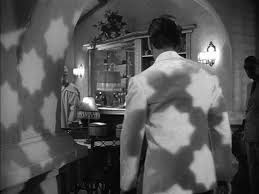
The film was constructed on a studio stage and not on location (due to the war going on). This was an opportunity for the set designers to create a fantasy-like world of Casablanca, filling it with exotic trees and strange architecture that created a place where the audience could get lost in.
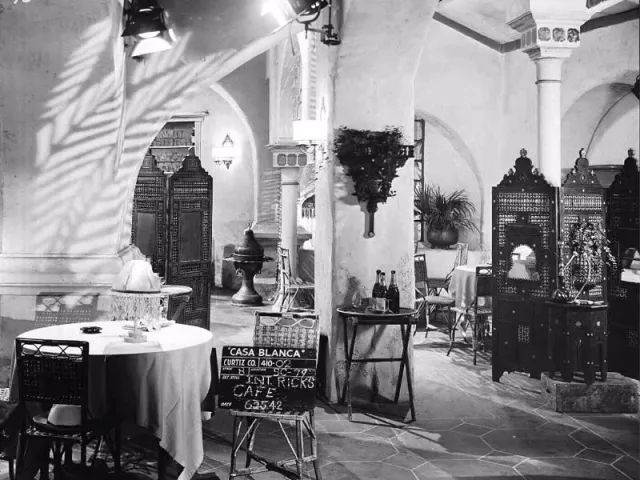
The characters dressed abnormally well, adding to the fantasy feel of the film, and even refugees from the law were dressed in suits and ties and beautiful dresses. The good guys were dressed in light colours (e.g Rick Blaine’s white suit) and the bad guys in dark colours (e.g Strasser’s Nazi uniform).
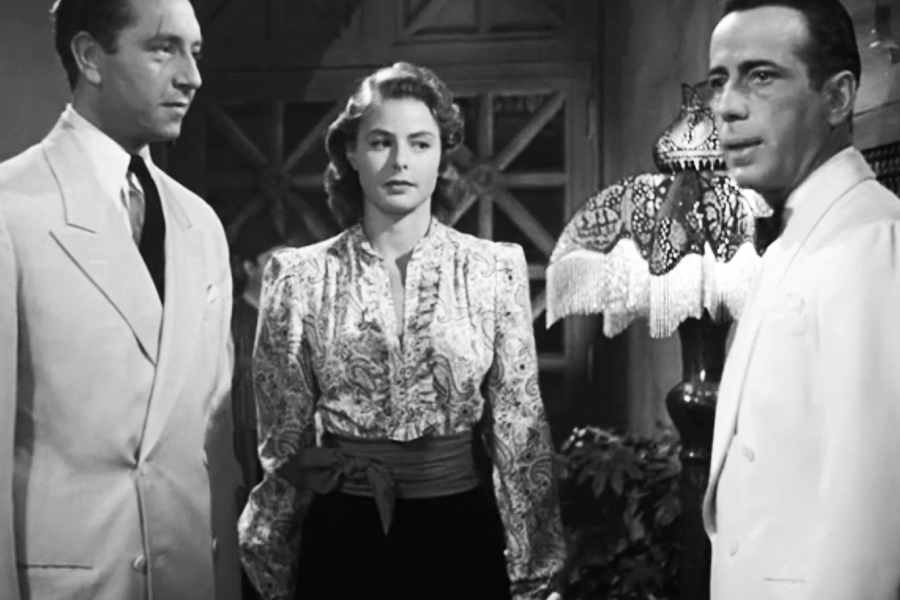
Editing
Casablanca uses the standard “Invisible editing” style of Hollywood at the time. This style attempted to fully immerse the audience and make cuts seem invisible, presenting the film as one smooth continuous story.
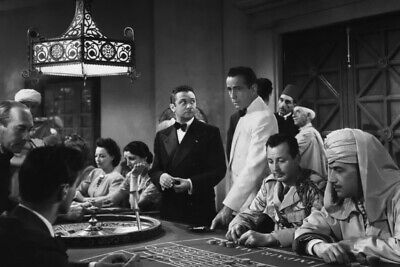
The editing in Casablanca is also good at creating engaging sequences, like the scene where Rick rigs the roulette table so Annina and her husband can buy a visa to escape Casablanca. The scene is low stakes – It’s Rick’s establishment, so he can’t get in trouble for cheating, and even if the husband loses, that couple aren’t main characters. But the quick cuts of Rick to chips to wheel to the husband winning repeated twice creates a quick, engaging scene that goes quickly and keeps the audience invested
Representation in Casablanca
The majority of the cast of Casablanca were immigrants. 34 different nationalities were displayed in the film. There were only three Americans on the cast: Bogart, Page and Wilson. The rest were European refugees, from Germany, Hungary, Austria, France etc., all countries affected by Nazi invasions.
Aesthetics in Casablanca
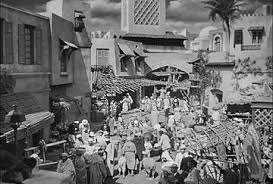
The film is not intended to be realistic. It looks like it’s a stage play, and the sets fit the American ideas of what Casablanca, a country exotic and far away to them, would be, even if it is boring in reality. The characters also wear impossibly good, stylish clothing, which again is not questioned by the audience as it fits the world created within the film.
The tone of Casablanca is for the majority of the film quite bleak. The Nazi’s are all over the city, people are being executed everywhere, Rick is a no-nonsense man who seems to constantly be annoyed by everything and Victor is in danger of being captured and killed. However, the film ends on a surprisingly positive note where Rick lets Ilsa go, the Nazi commander is shot and killed, Victor escapes and Rick leaves Casablanca with Louis. It almost feels like a fantasy, fairy-tale ending, which fits with the films storybook aesthetic.
Themes and Issues
Isolationism – a policy of remaining apart from the affairs or interests of other groups, especially the political affairs of other countries.
What was America’s view on World War 2? – America initially wanted to remain neutral (96% of polled American citizens believed America should stay neutral, and WW2 was referred to as “that phony war in Europe”), although they did supply military supplies as well as other assistance to the allies. They officially joined the war, however, when they themselves were attacked at Pearl Harbour. This is similar to the character of Rick, who initially claims to be neutral in all cases, despite helping resistance fighters before moving to Casablanca, but then sides with the Allies and fights against the Nazis once the war puts Ilsa in danger.
Sound
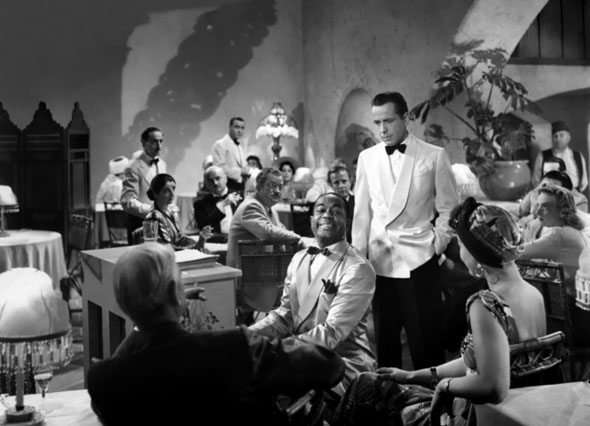
The song “As Time Goes By”, though not written for Casablanca, became synonymous with the film. Written by Herman Hupfeild for a Broadway musical, it was repurposed for the film and practically became the theme song for the film. Max Steiner, the composer, was not a fan of the song, but since they couldn’t reshoot the scene where Ilsa asks Sam to play the song due to Bergman having her hair cut for another role, he had to use it. He implemented the tune of the song into the underscore of the film and it became a leitmotif for romance in the film
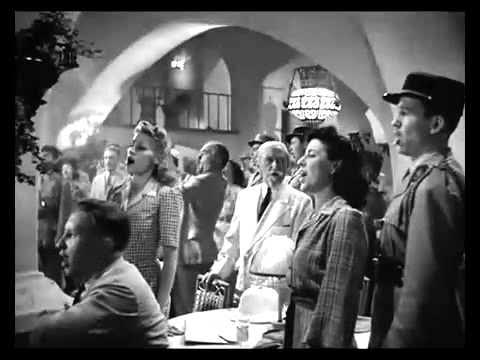
Another song featured in the film is the French national anthem “Les Marseillaise”. This scene is one of the emotional high points of the movie, as the entire bar joins in singing the song, drowning out the Germans singing their own national anthem. In this instance, music is used to represent rebellion and defiance in the people, and how there is still hope in the victims of the Nazi regime
The film also has a constant orchestral underscore to the movie, composed by Max Steiner, giving it a more “epic” feel and giving the emotions of the movie more depth, while also adding to the theatrical feel of the movie.
Political and Social Context
Allies – Great Britain, U.S.A, U.S.S.R
Axis – Germany, Italy, Japan
France – Originally an Allied power, surrendered to Germany. Some generals and soldiers still decide to fight on (called the Free French – Allied). Vichy France was a territory of France that was run by the Germans. Vichy France runs Casablanca (Morocco is part of French territory)
War starts in 1939. America joined the war in 1941 due to Japan bombing Pearl Harbour.
The cinema had “movie reels” before the movies started, at this time of what was happening in the war. This was a primary way that the American population gained information on the war.
Operation Torch – Operation Torch (8-16 November 1942) was the Allied invasion of French North Africa. It allowed America to begin the fight against the Axis powers while Britain could secure victory in North Africa.
Film “captured the zeitgeist” – Casablanca was all over the news and in popular culture due to Operation Torch and the conference. The film premiered November 26 1942 instead of the anticipated release date of early 1943 in order to capitalise off of the attention the name Casablanca was getting. The film was released only 10 days after Operation Torch ended.
Casablanca Conference – The conference was a meeting between American President Franklin D. Roosevelt and British Prime Minister Winston Churchill in Casablanca about strategizing for the next steps in the war on January 14-24, 1943.
Casablanca went into general release on January 23, 1943, just before the end of the Casablanca Conference, allowing the film to continue profiting off of the news.
Serendipity – luck, chance










